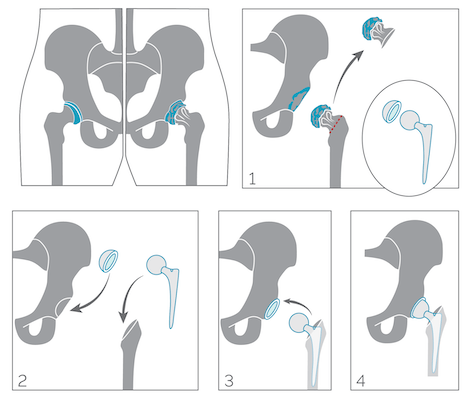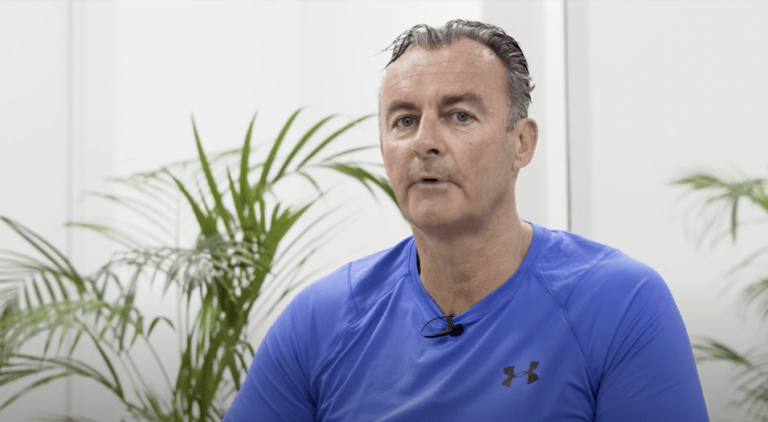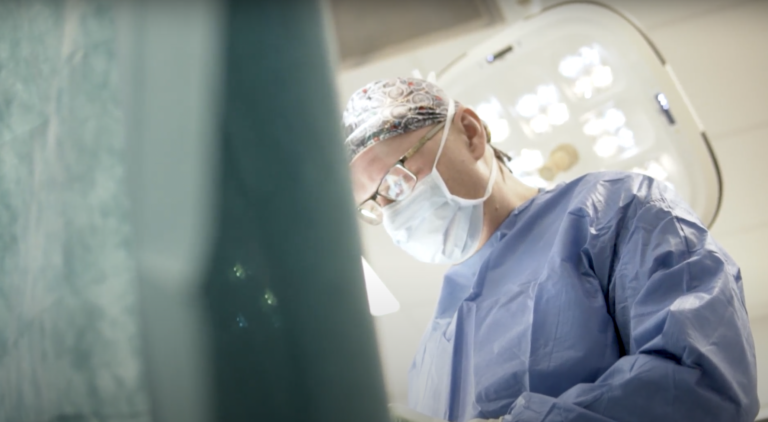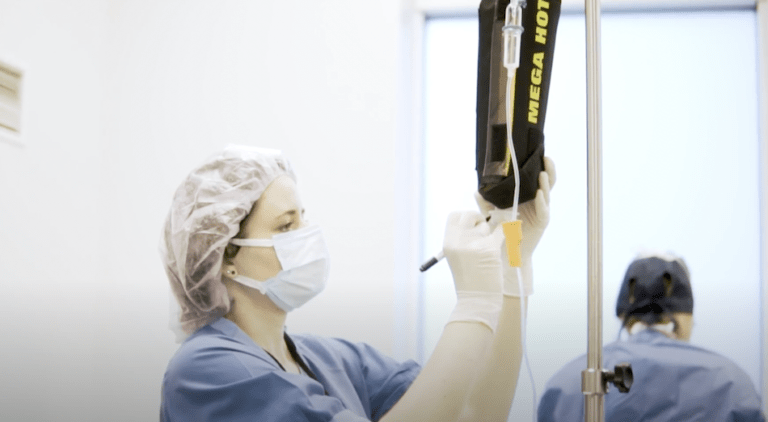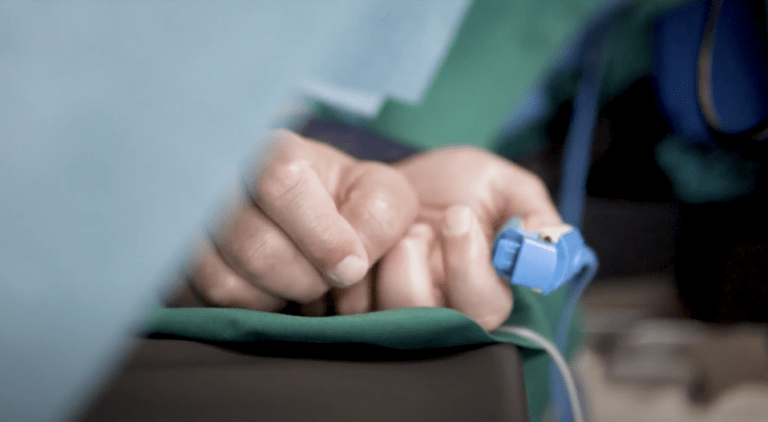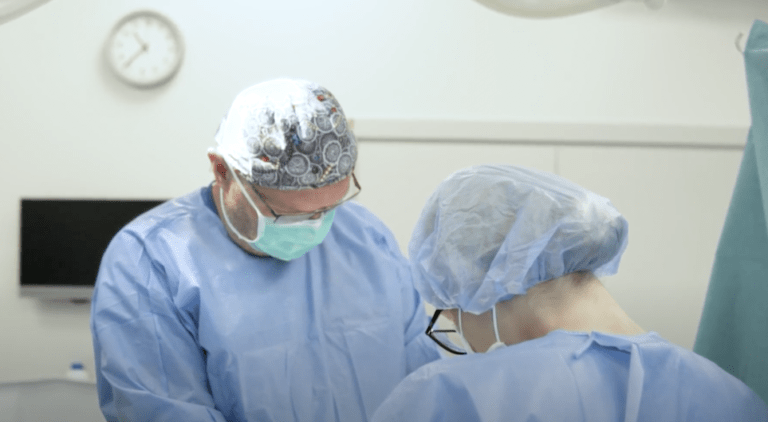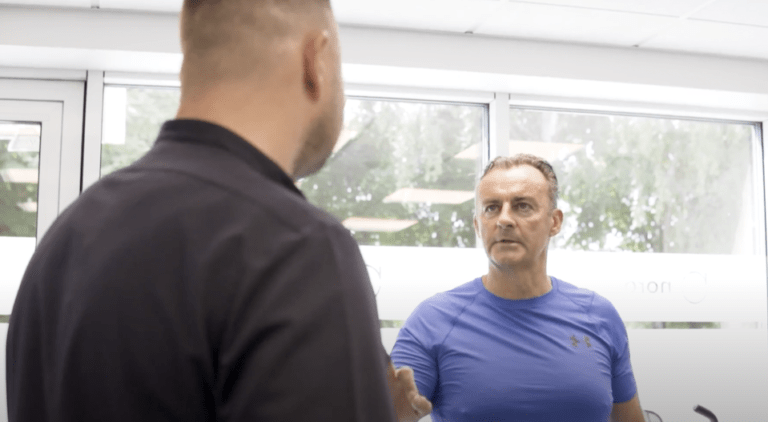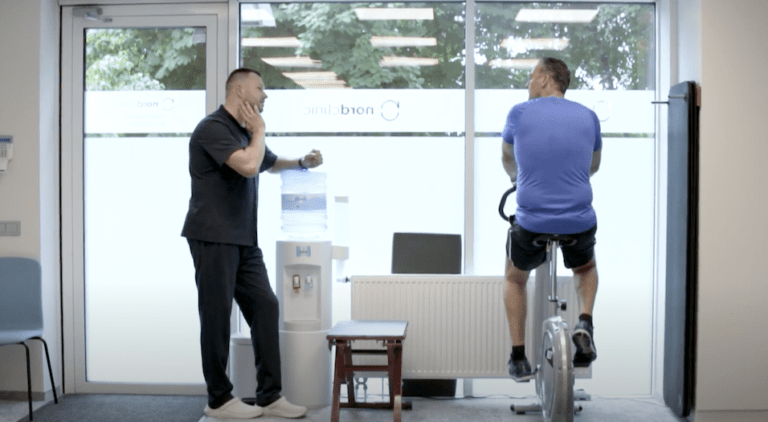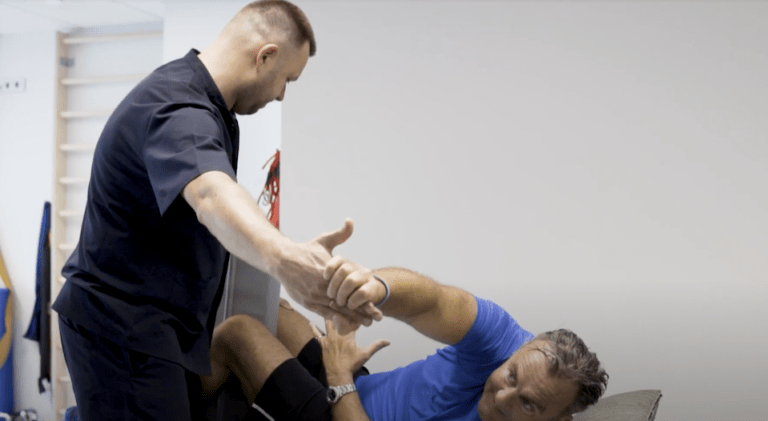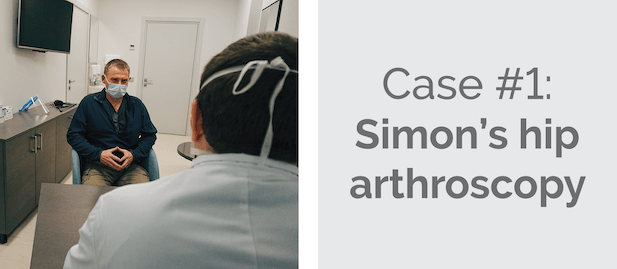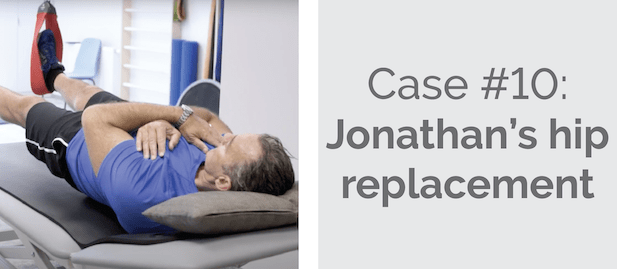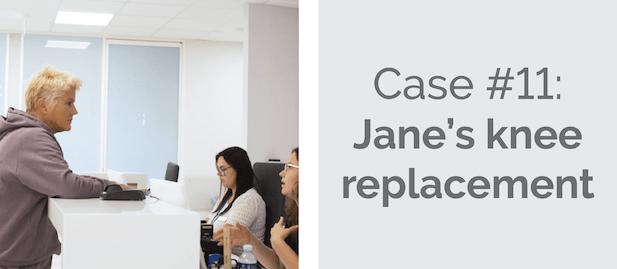Jonathan's story
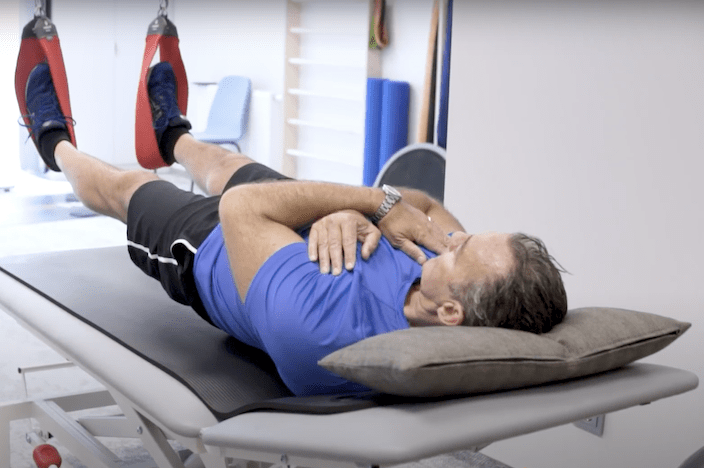
Jonathan's diagnosis
Closer look at Jonathan's hip
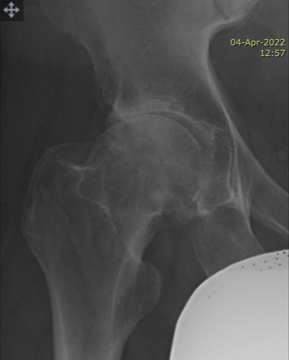
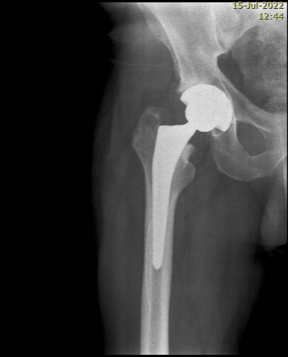
Performing the surgery
The patient underwent a total hip replacement operation, this operation was necessary because the patient had complete cartilage degeneration of the hip joint and to this day there are no medications that would regrow the lost cartilage.
Firstly, a surgeon makes an incision along the side of the hip and divides and repositions the muscles that cover the joint. Then a socket (acetabulum) is prepared by removing damaged cartilage and bone spurs. Depending on the implant and technique, a surgeon may use bone cement to implant and tightly anchor a metal socket in the acetabulum. A femoral part of the joint requires preparation as well. The surgeon excises the head of the femur and replaces it with a stem implant as well as a round head implant which are inserted into the femur bone. Finally, implants of the socket and the head are both joined and secured together to form a new functional joint.
Hip joint replacement is not an urgent operation, the patient’s life is not in danger if it is not performed, so it can be postponed, but a later performance leads to greater disability of the patient, atrophy of the surrounding muscles and slower postoperative rehabilitation.
